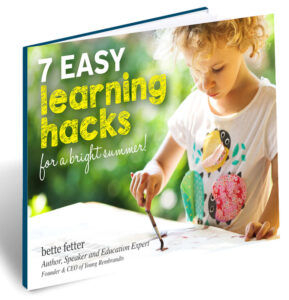left-brain thinking
Podcast: The Lego Movie and Your Brain
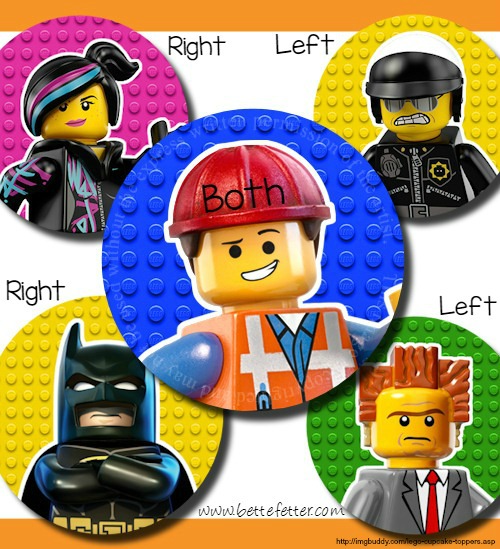
I’m Speaking at the WAA Annual Conference
I am so excited to be speaking at the Wisconsin Afterschool Association’s Annual conference this weekend. I will be doing three sessions related to the importance of afterschool programming and how we can use it to give creative outlets to our right-brain thinkers as well as expand the skill sets of left-brain thinkers in order to boost academic performance for all students.
In Case You Missed It…
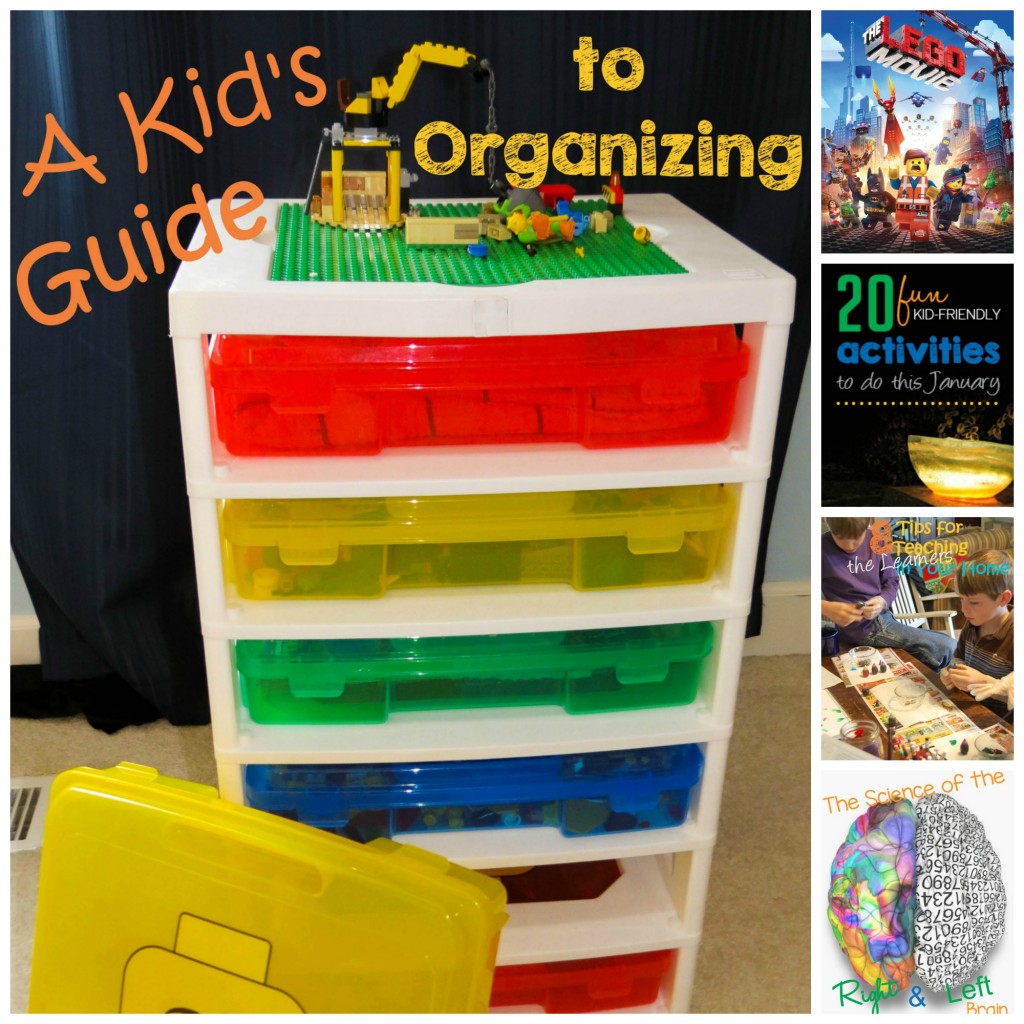
Podcast: The Science of Left & Right Brain Thinking
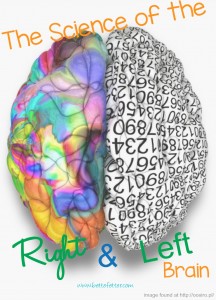
The Lego Movie and Your Brain
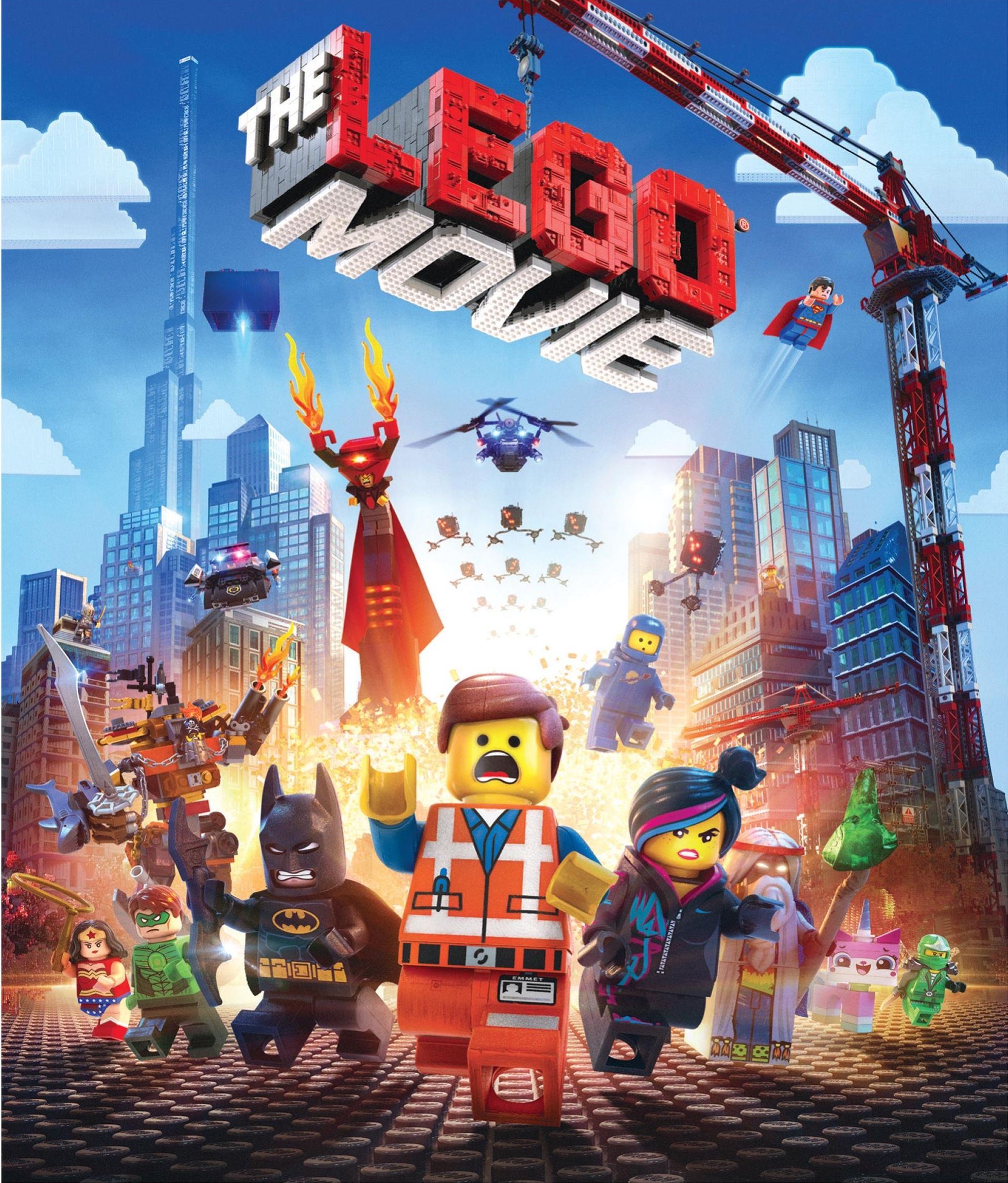
Your Brain on Music
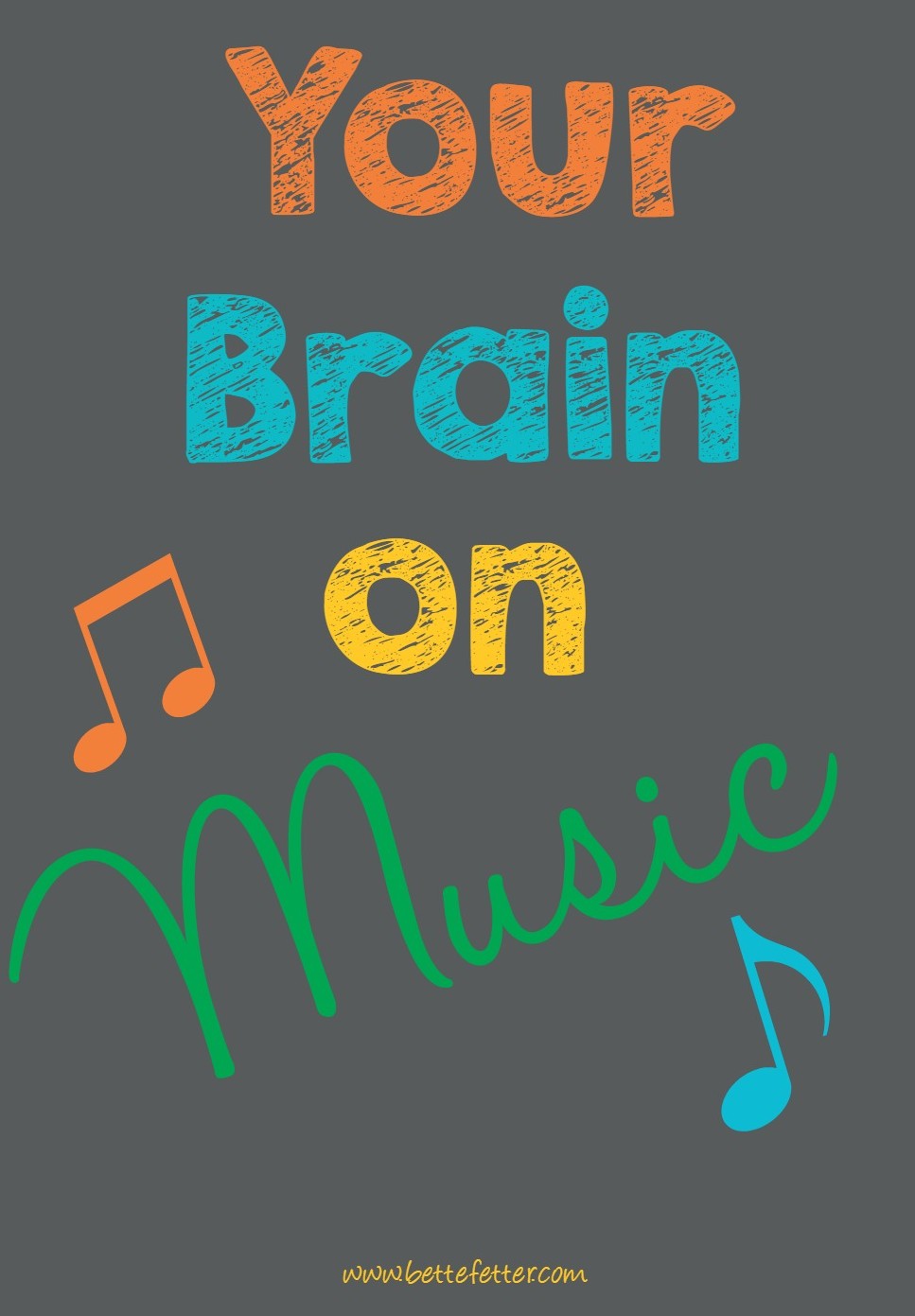
Your Brain on Art!
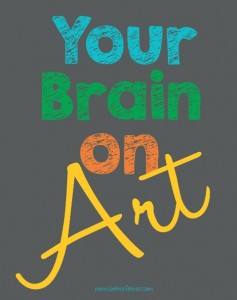
Stop Talking: Using Pictures Instead of Words

A Family Wedding: Collaboration or Collision?
We recently had a wedding in the family – our first. While planning and executing such a grand and lovely event was thoroughly enjoyable, it was also a brilliant study on the way left and right-brain people approach a given task.
Our oldest daughter, the bride, is a visual-spatial thinker, full of ideas and vision; there’s a lot of that going on in our family. The groom’s, a social, left -brain analytical thinker, prefers numbers, budgets and excel spreadsheets; there’s a lot of that going on in their family. When it came time to plan the wedding, the right-brain, visual bride and bridesmaids immersed themselves in magazines, websites and social media, searching out ideas – visually. Pinterest became a family obsession, with everyone in the family searching out and sharing ideas. A few trips to stores, photographers, florists and wedding vendors, brought more options and ideas.









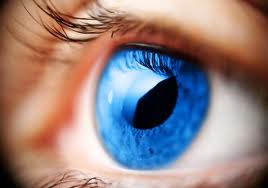 Episode 3 of Living life as a Visual Thinker is inspired by my personal mission to change the lives of visual thinkers. I want to share with you why I do what I do and I want to invite you to join my mission to impact education for visual learners.
Episode 3 of Living life as a Visual Thinker is inspired by my personal mission to change the lives of visual thinkers. I want to share with you why I do what I do and I want to invite you to join my mission to impact education for visual learners.
